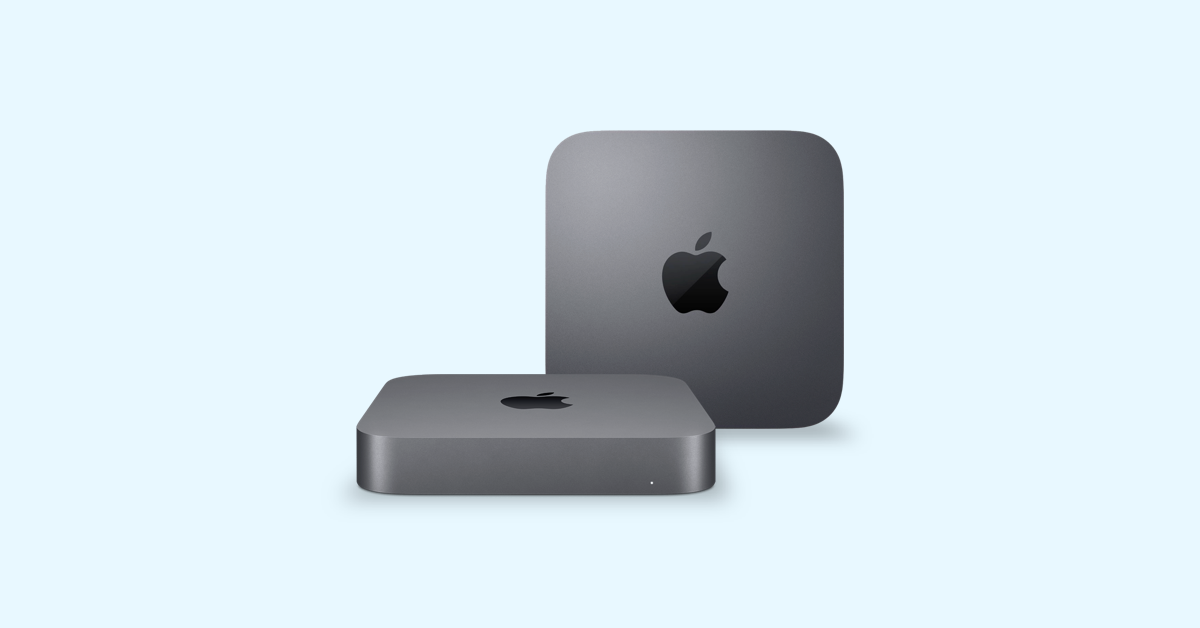
I have not yet stressed the CPU, so I would like to understand your take on the settings that would ensure the lowest fan speeds possible (without frying the CPU) to be able to run CPU at a constant (more or less) 30-40% CPU utilization with the lowest fan noise possible. I was able to make it completely silent while running VMware ESXi (without any VMs started yet) by setting "Minimum Duty Cycle" to 15%, setting "Minimum Temperature" to 75 C, and setting "Duty Cycle Increment" to 1%.

I almost returned the Skull Canyon NUC before I found these settings in BIOS today. Why are you saying that "Minimum Duty Cycle" should not be set below 25%? Setting "Minimum Duty Cycle" to 15% makes the fan spin at around 1800 RPM, which makes it basically silent. Setting "Minimum Duty Cycle" in Skull Canyon NUC BIOS to 25% results in the fan being loud enough to be a nuisance with the fan spinning close to 2800 RPM. You really need to do your comparison while in Windows, where all of the power management features (and interrupts!) are enabled and active. I hope this helps you understand the situation.
#Average heat temp for 2012 mac mini full
Because of the rounding we had to do, for this particular example, the fan will actually reach full speed (100% duty cycle) at 78☌, but that's the best we can do (the hardware only takes integer values). Then, for ever degree the temperature gois above 40☌, it will increase the speed of the fan by 2%. Overall, this means that, for temperatures below 40☌, the fan will spin at ~25% of its maximum speed. Rounding up to the nearest integer, this means that you must set to the Duty Cycle Increment to 2.

The algorithm you should follow for doing so is,ĭuty-Inc = (100 - Min-Duty) / (80 - Min-Temp)įor example, If you set the Minimum Duty Cycle (Min-Duty) to 25% (note: this is the lowest you should ever use) and the Minimum Temperature (Min-Temp) to 40☌, you need to set the Duty Cycle Increment (Duty-Inc) to, Note that, if you adjust either of these parameters, you must also adjust the Duty Cycle Increment parameter so that the fan reaches 100% duty cycle at or before the processor temperature reaches ~80☌. You can also raise the Minimum Duty Cycle parameter and have the fan run at a faster speed all the time. If you care more about keeping the temperatures down, lower this setting and start the blower running faster at a lower temperature. In an effort to keep the system as quiet as possible, the default algorithm used does not begin speeding up the fan until the temperature reaches a significant level (specified by the Minimum Temperature parameter). On top of this, folks demand a quiet system and do not want this blower spinning at speeds that generate noticeable sound - a requirement completely at odds with that for cooling.įinally, let's look at the cooling strategy. It is so tight inside that we cannot fit a (relatively speaking, efficient) fan into the chassis instead, we have a (relatively inefficient) blower unit that must spin at far higher speeds to move the same amount of air. This effort is hampered by the small size of the chassis. In this small chassis, on the other hand, with so little air mass, it takes a lot of air movement to dissipate the heat generated by the processor and other components in this system. Your tower system is very highly dampened by the (comparatively) massive air volume within that chassis. We are talking about a very tiny case with a very small air volume inside. This means that the processor can run at or below 80☌ all the time - and in fact can do so for its entire warranted lifetime - without suffering any thermal-related degradation. This processor has a TJmax of ~100☌ and a projected Tcontrol of ~80☌. For the processor, this level is considered nice and cool. Secondly, let's put these temperatures in perspective. Bottom line, monitoring temperatures while in BIOS is simply not the thing to do and a waste of time as a comparison method. Instead, it must continuously loop around polling all of the possible input sources to see if anything has changed. This means that the processor cannot halt itself (as it does in an O/S) when it has nothing to do and wait for an interrupt to awaken it. First of all, all power management capabilities in the processor are disabled. While in Visual BIOS, the processor is never in an idle (no load) state.


 0 kommentar(er)
0 kommentar(er)
